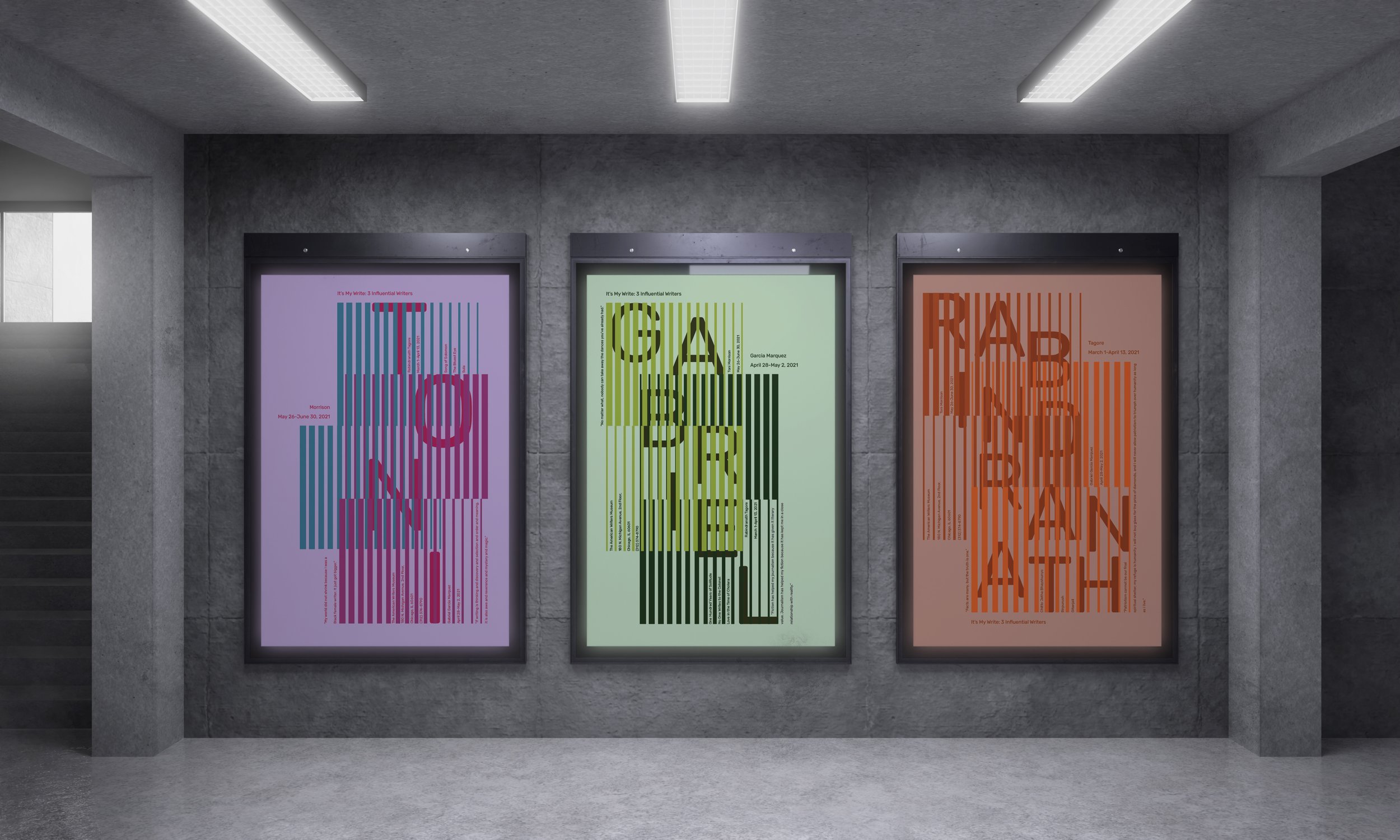
These influential writers reshaped reality by interweaving elements of magical realism in their writings to share cultural and personal experiences. This poster series set experiments with type and progressive, interweaving line series to create an optical illusion that personifies magical realism.
IT’S MY WRITE: THREE INFLUENTIAL WRITERS POSTER SERIES
CONCEPTS:
Each writer utilizes magical realism in their own writing style to explain, analyze, or advocate for their culture or experiences.
TONI MORRISON:
Morrison lived from 1931 to 2019 as an American novelist, essayist, college professor, and book editor. She examined and analyzed the African American experience as a female through her fantasy, sinuous poetic style. She was awarded a Nobel Prize for Literature in 1993.
Her perception of African American culture through a female’s viewpoint encompasses her experience through the use of supernatural and unrealistic elements in her novels. She describes conflicts about her character struggle, culture identity, and unjust society.
RABINDRATH TAGORE:
Tagore lived from 1861 to 1941 during the Bengali Renaissance era as a Bengali poet, philosopher, visual artist, playwright, novelist, painter, composer, and polymath. His writings included inspiration from classical poets’ work in the 15th and 16th century and topics about the downside of Hindu marriages, Indian customs, Indian mythology, and contemporary social issues. He was the first non-European to win a Nobel Prize for his literature piece, Gitanjali in 1913 and made the national anthem of India.
He interlaced magical realism, irony, and humor to share his knowledge and experience worldwide about Bengali culture and spiritual beliefs through poetry.
GABRIEL GARCÍA MÁRQUEZ:
Márquez lived from 1927 to 2014 as a Colombian novelist, short story writer, journalist, novelist, and screenwriter. His medieval and modern beliefs clash with comedy and tragedy that causes irony. He was the fourth Latin American to be awarded with a Nobel Prize for Literature in 1982 for his piece, “Cien años de soledad” (1967: One Hundred Years of Solitude). Márquez is known to be one of the founders of magic realism.
He intertwined surrealism elements with Latin American culture and history in novels and short stories to share his personal beliefs.
FREE PLAY STUDIES:
Forming type as image through cutting, slicing, bending, inverting, and folding printed sheets of letterforms with an x-acto knife.





HAND SKETCHES:
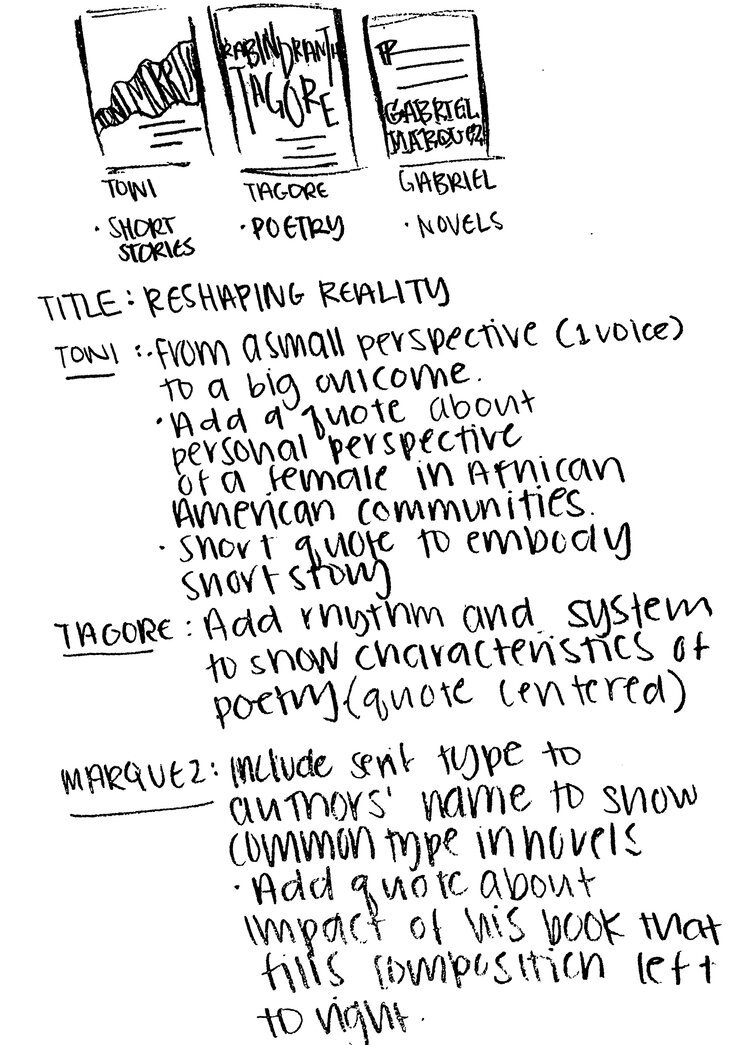
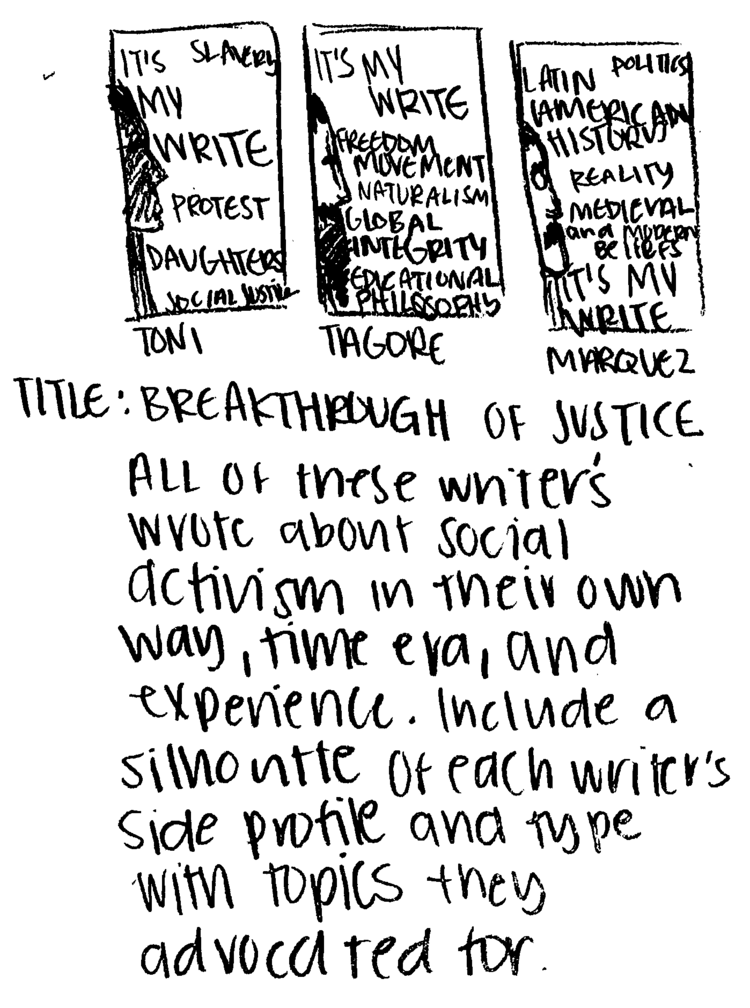
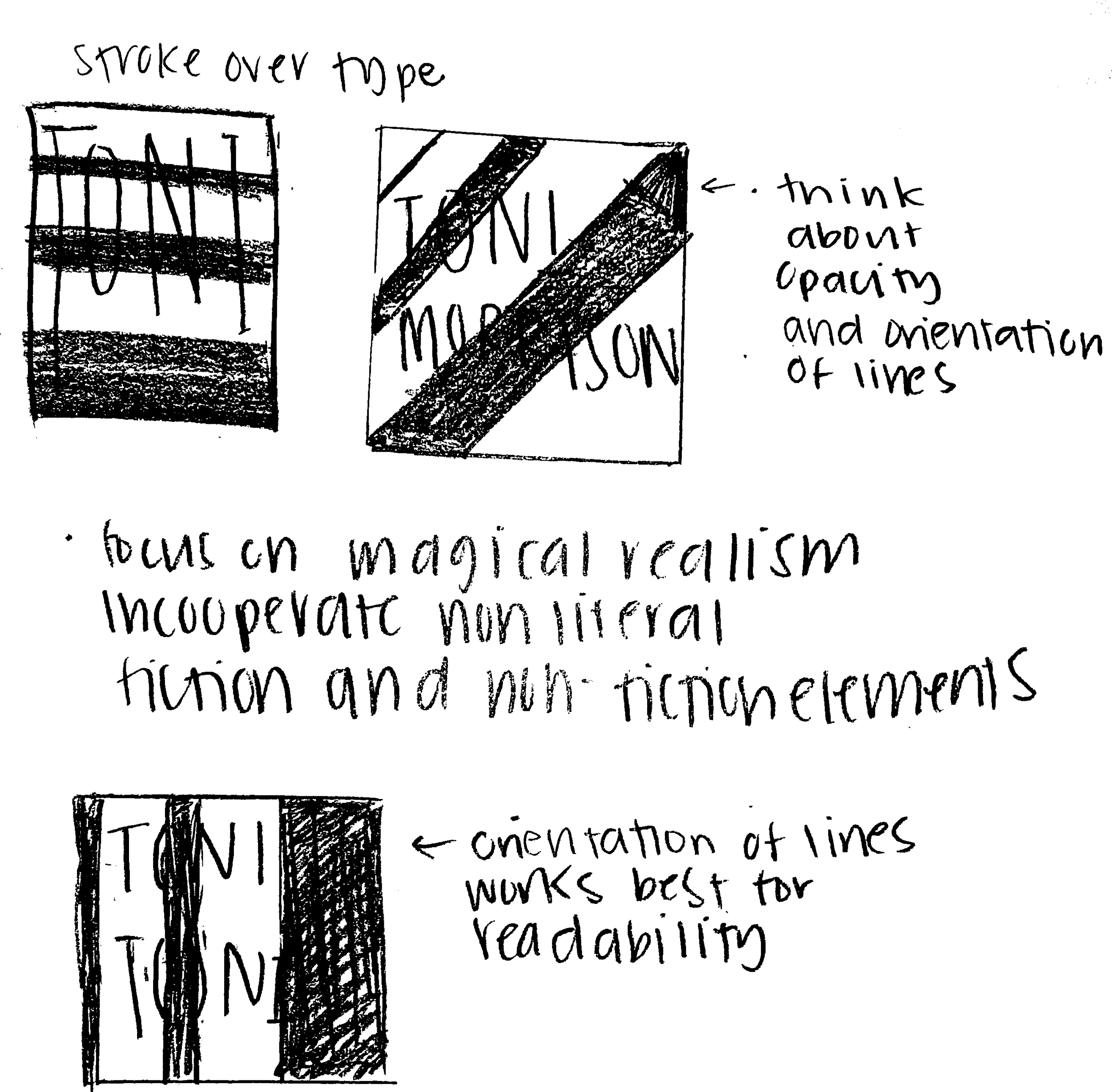
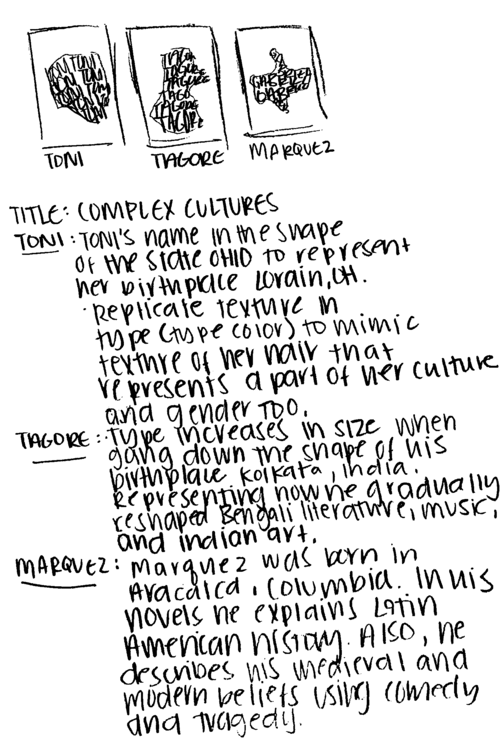
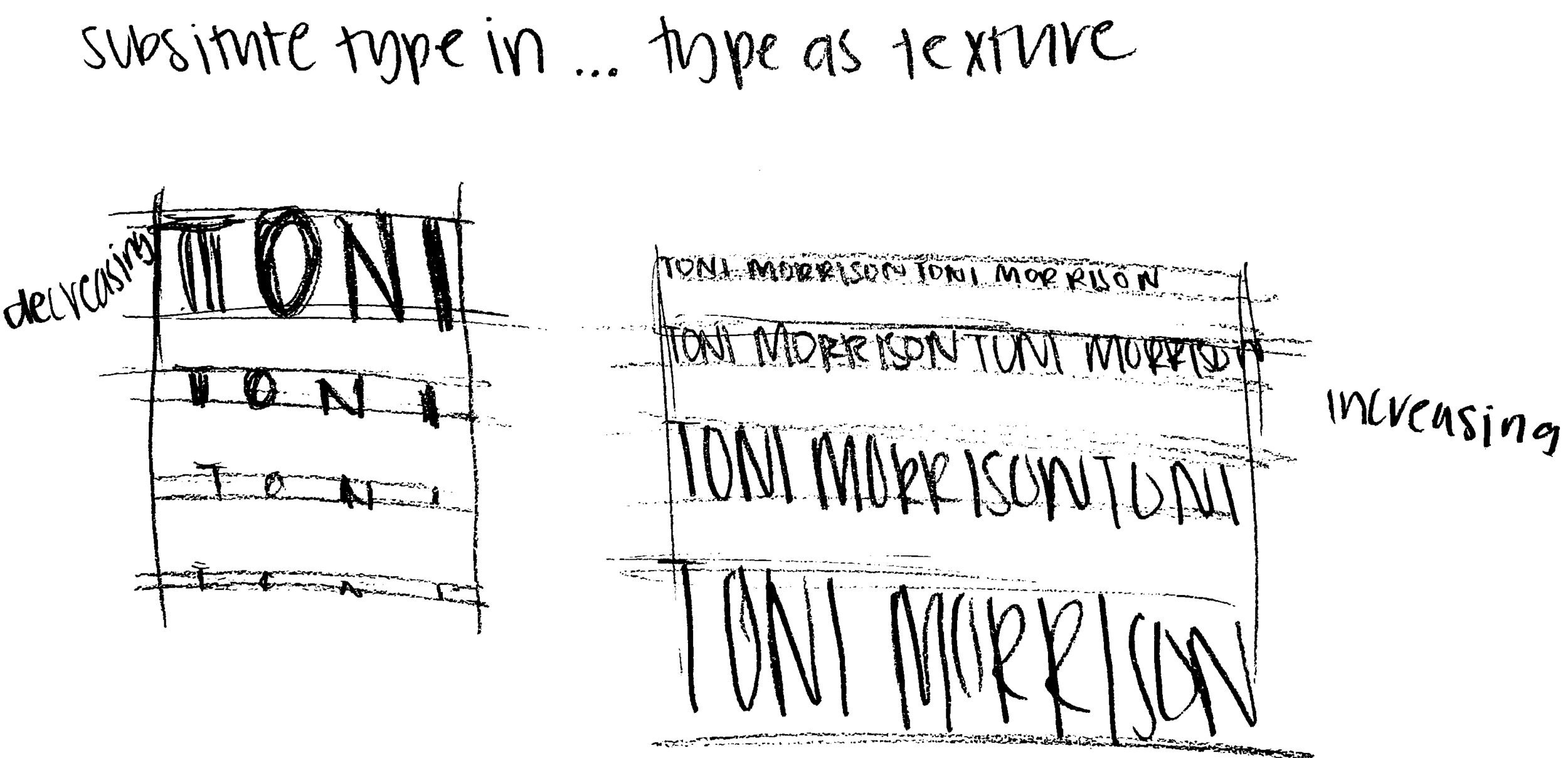
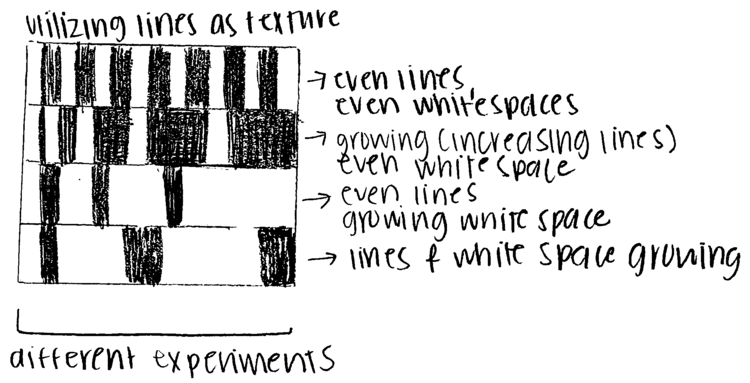
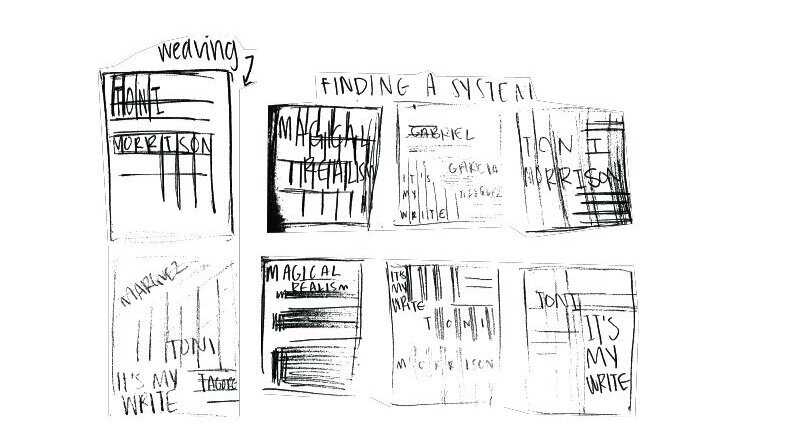

DIGITAL ITERATIONS METHODS:
To visually explain the oxymoronic term, magical realism, I created a progressive line system including interweaving lines to create an optical illusion. To further exhibit magical realism, the bold and larger text adds emphasis to each other’s name as well as fusing type with lines. The type represents nonfiction and the lines represent fantasy, the two main elements in magical realism. I created graphic texture in the composition by interweaving smaller information text in between the main lines, keeping the orientation consistent. By changing the orientation of the content title (It’s My Write: 3 Influential Writers), name of the writer featured, and the date correlating to that specific writer, a text hierarchy is determined. Through the substitution of a few lines for quotes from each individual writer explaining an aspect or statement about their culture, experience, or writings, allowed for an activation of negative space. This further explained how each writer incorporated magical realism into their writings.



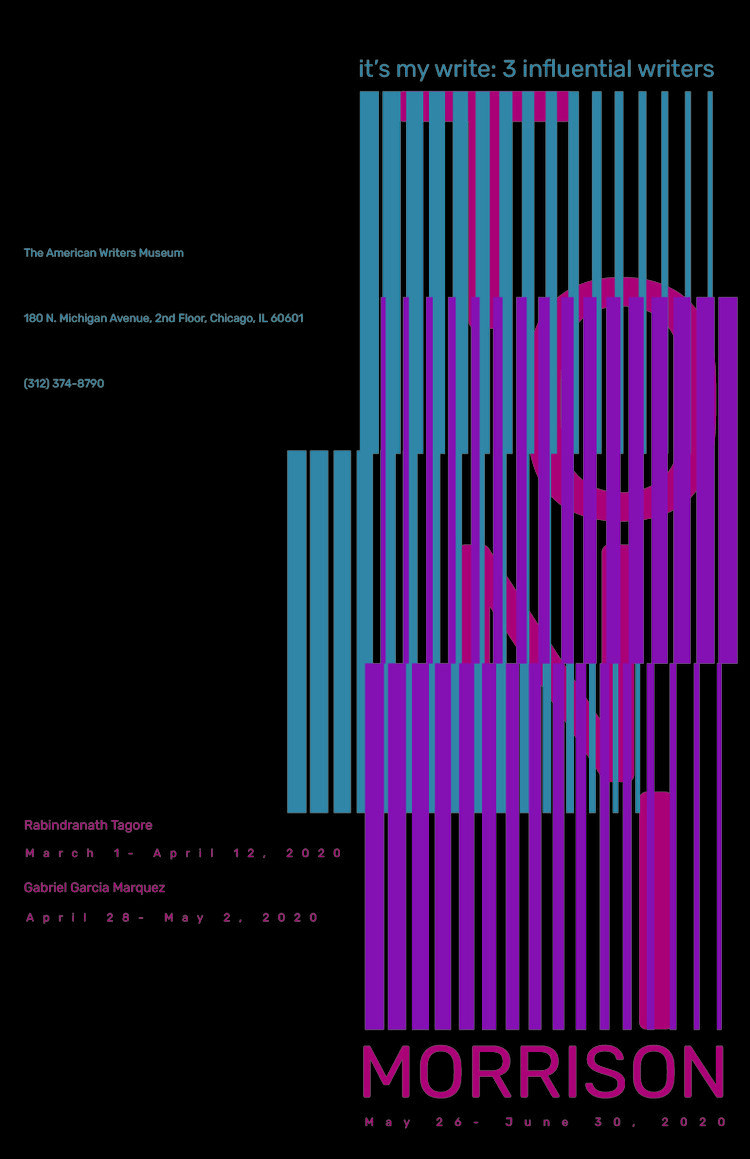
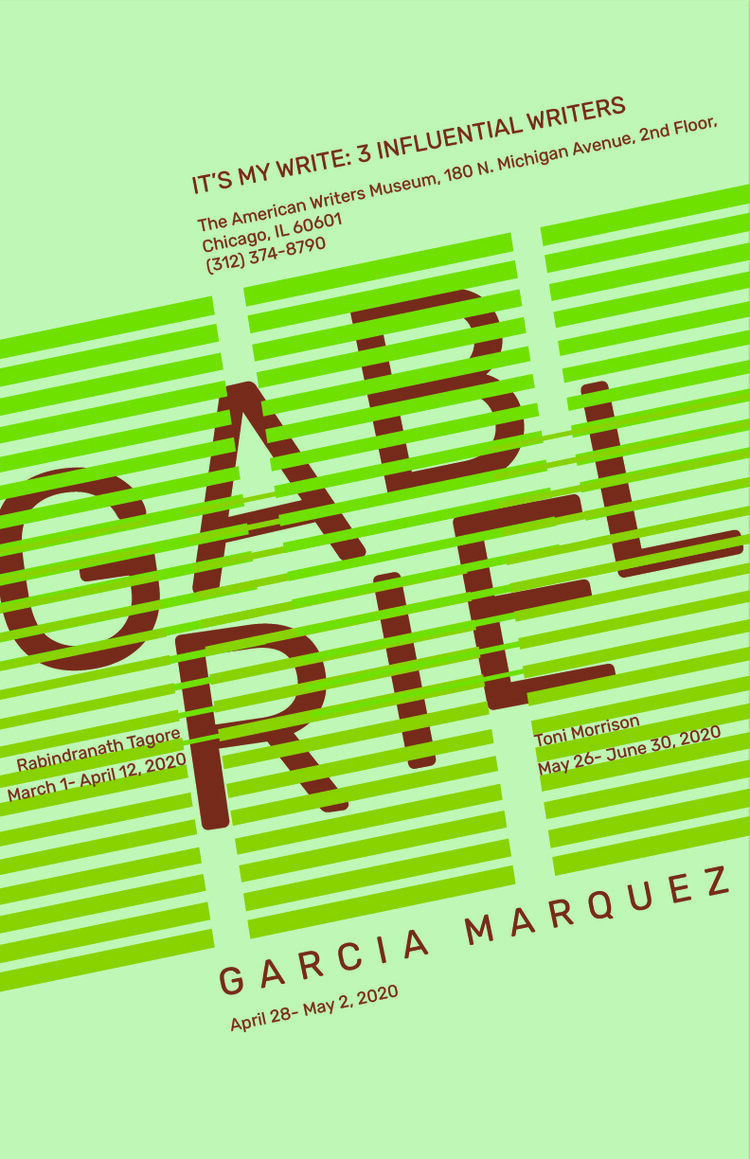
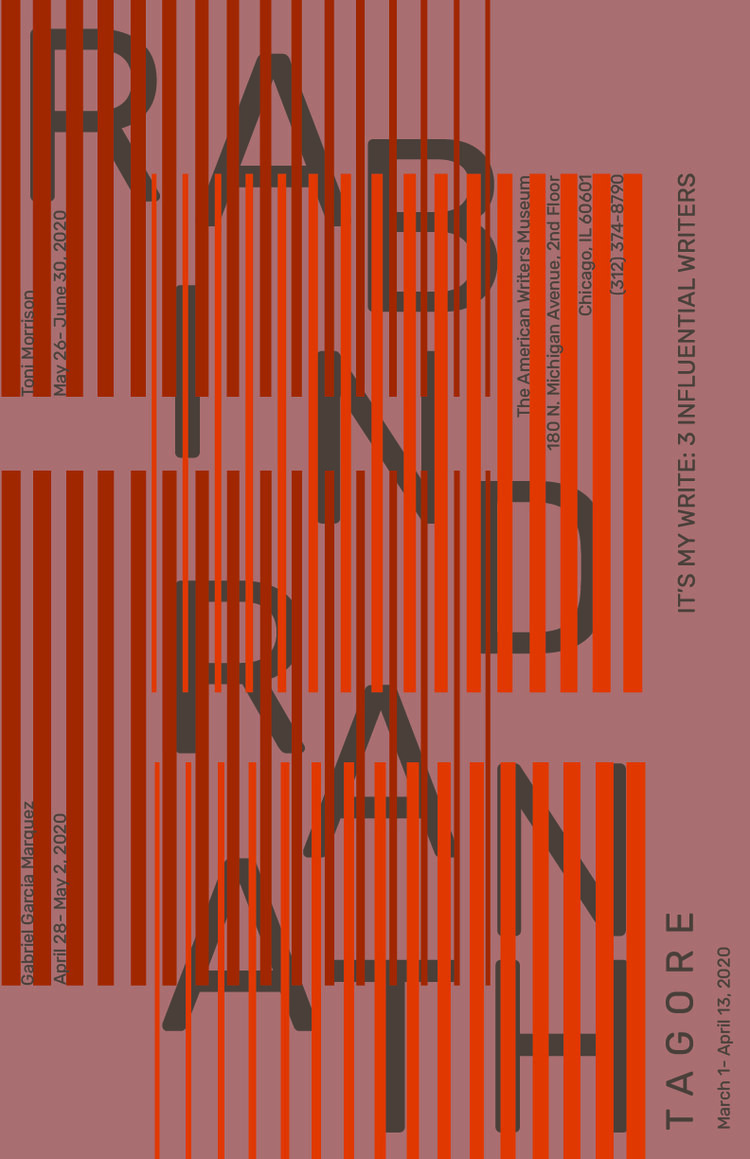
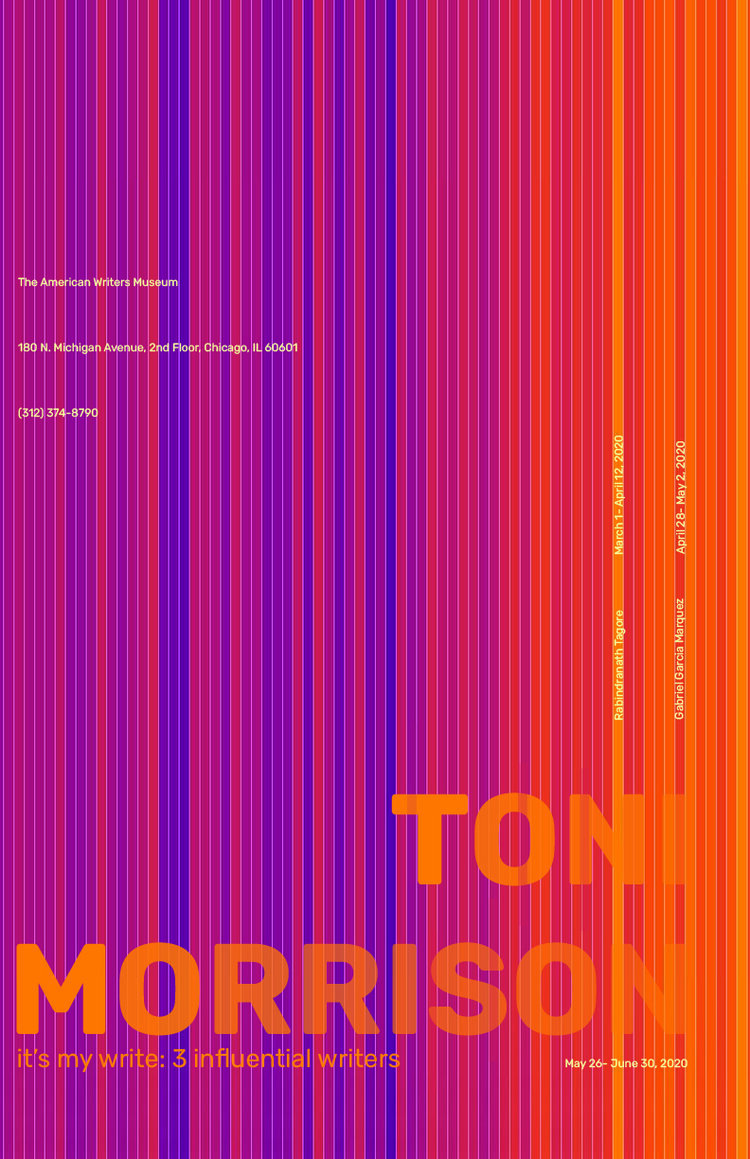

POSTERS IN MOTION:
FINAL POSTERS:







